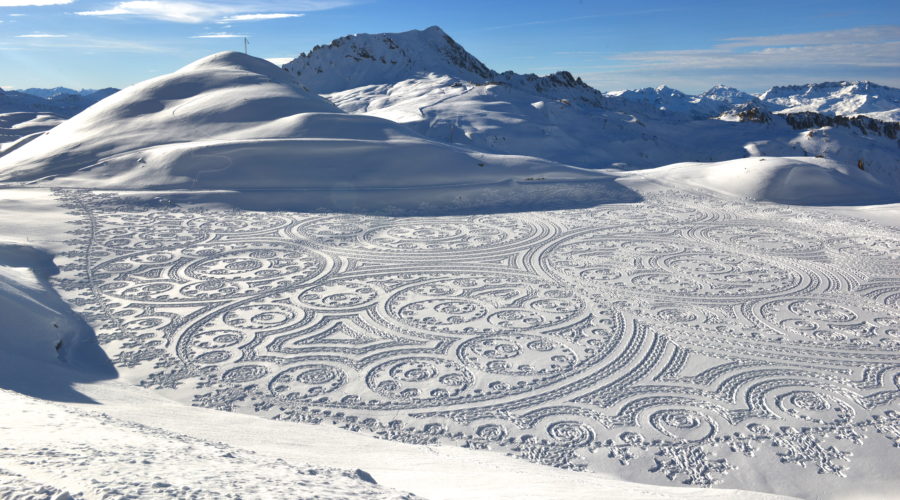Seven things:
- Cem Yuksel is posting video lectures for his Intro to Computer Graphics course at the University of Utah. Here’s the playlist (with more coming). You can also catch his latest lecture live. I (multi-task) watched the one on texturing yesterday and appreciated how he noted that we use (s,t) texture coordinates but usually call them (u,v). Practical advice for how the field actually works.
- My go-to format for quickly writing out an image from some throwaway program is PPM. It’s easy enough to write from scratch each time, but here’s a page of code in just about every language under the sun for doing that. This will save me the five minutes of “oh, I forgot to put a carriage return” next time around. Plus, they give versions that write to the binary form of PPM, and some have fancier and nicer interfaces than I would have hacked. (If you need to output to a more serious image file format, I like LodePNG, C++ for PNG).
- Speaking of languages, what is today’s top computer language, by popularity? No, not that one, nor that one. Answer here, by one estimate. Nice to know the Graphics Gem Repository code base is still relevant, despite it being 30 years old. Code doesn’t rust (though you may have to futz with the headers).
- A surprisingly chewy set of slides with copious notes about ray tracing in Call of Duty: Modern Warfare. Bits of it are over my head without further reading, but it has great information about various bottlenecks encountered and solutions explored.
- If you’re looking for a rabbit hole of articles to wade through (mixing my metaphors), consider Fabien Sanglard’s collection. Lots there, with a recent trend towards explaining the technical characteristics of a wide range of video game and GPU architectures. One example: a history of NVIDIA’s streaming multiprocessor.
- “A Taxonomy of Bidirectional Scattering Distribution Function Lobes for Rendering Engineers,” a workshop proposal for establishing a few terms as the ones to use. The title and subject probably don’t get your heart racing. What makes it entertaining are the xkcd-like cartoons explaining various book authors’ views. The recent Sci & Tech Oscars reminded me of it, as winners this year include some computer graphics people.
- The sheer dedication of some artists is incredible. Simon Beck makes Andy Goldsworthy (who you should google if you don’t know) look a bit indolent.
